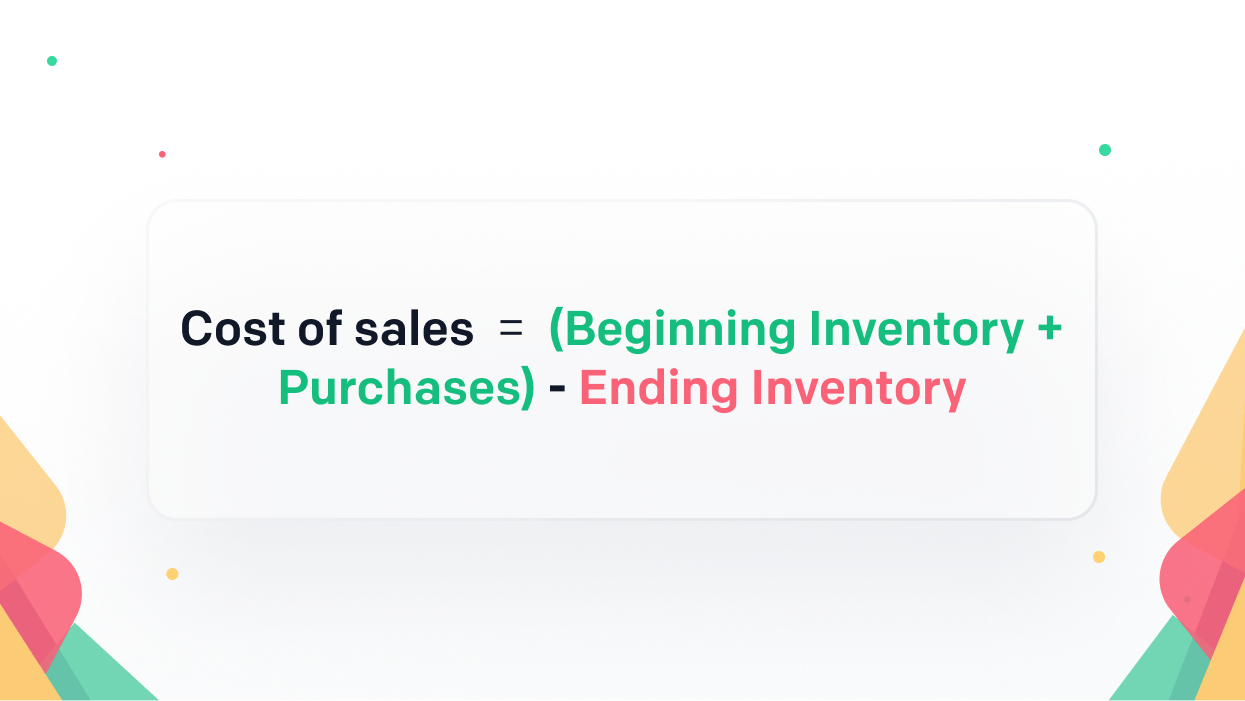
Contents
- 1. Cost of sales definition
- 2. How does cost of sales differ from COGS?
- 3. What should be included in a cost of sales calculation?
- 4. What should be excluded from cost of sales?
- 5. Cost of sales formula
- 6. Types of stock management and impact on COGS
- 7. How to interpret your cost of sales
- 8. Limitations of COGS
What is cost of sales?
February 8, 2023Cost of sales definition
How does cost of sales differ from COGS?
What should be included in a cost of sales calculation?
What should be excluded from cost of sales?
Cost of sales formula






